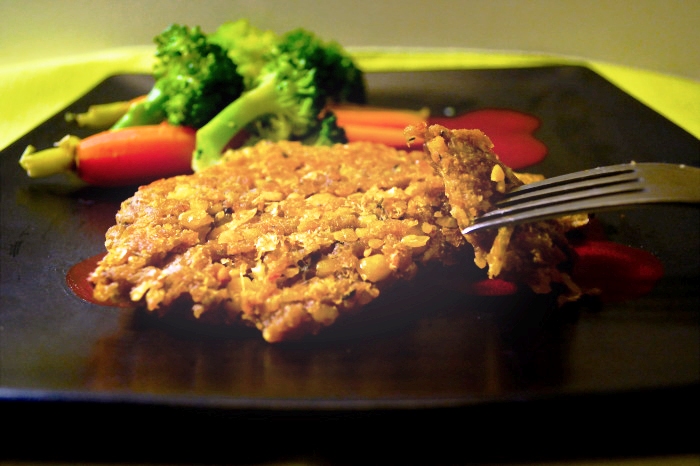Now that I know professional food tasting is a real job, it has become my life goal to be a pro at tasting (really, I get super excited about food.) Tasting like a professional takes some practice but anyone can do it. The way a professional food taster eats is similar to how a sommelier samples wine; they look at every aspect of what they are tasting use their 5 senses to give a critical analysis. If you think about it, you already use all five of your senses when you eat–it’s a part of our experience as humans. But tasting food like a professional is about being conscious of them. By asking these simple questions, we can enhance our experience with food and grow a greater appreciation for it.
Now let’s start putting your senses to work.
First and foremost, we eat with our eyes. Sight is sense number one. Ever notice that we often judge a plate of food solely on looks? It’s much like how we judge a book by it’s cover. If it looks like ground up dog food, the likeliness of us enjoying it is pretty slim. Does the dish look like how you expected it to look? What kind of information does the color of the food convey about it’s flavor and the intensity of those flavors? For example, when you see the bright red hue of chik’n wings you automatically assume it’s going to be really spicy.
Second, we eat with our sense of smell. Try taking a long, deep breath and inhale the aroma of your food before you put it in your mouth. Is the smell of your dish appealing? Which aromas can you pick out? Make a game out of trying to identify the ingredients by scent alone. Do you notice a difference in the scent once it’s in your mouth? Carefully inhale while you are chewing and see if there is a difference. Much of the time the heat from our mouth can release certain volatiles that enhance whatever we are eating and change the complexity of the flavor. Try this with chocolate, it will change your world!
The next one is a little abstract. Have you ever noticed how your food sounds? For example, the sizzle of a fajita is bound to make your mouth water and enhance expectations of what it might taste like. The crunch of a potato chip is a part of the whole experience of eating chips. If a chip didn’t crunch, it would definitely take away from the experience.
Next, is how does your food feel? Do you notice the texture when you dig in? How does it feel in your mouth? Is it firm, chewy, gritty, smooth, crunchy, creamy, etc? Does the texture jive with your expectations of what it should feel like? For example, try describing the texture of the perfect mashed potatoes. You would say they are creamy and buttery with a smooth texture.
Lastly, we come to the taste. Does the food engage all the tastebuds? Does it taste like how your other senses predicted? Do you notice which areas of your tongue light up to the flavors? Which of the five of the basic tastes are present (sweet, salty, bitter, sour and umami?) Try rolling a bite of food around on your tongue to see which of the basic tastes are prominent.
By consciously eating our food, we can appreciate the flavors and nuances presented to us. In order to practice this though, it takes an incredible amount of concentration. Until you get used to professional tasting (aka conscious eating), put away all distractions, sit at a table, and try to really focus on what you are putting in your mouth. I like to make notes in a notebook so that I can reflect back on what I tasted. Try throwing a conscious eating dinner party and have fun playing with the senses and see how your friends experience food.
Related: 3 Ways to Become a Conscious Eater
10 Edible Flowers to Add to Your Garden
Healing Ingredients: What is Kombucha?
Photo: K. Troia-Alvarado





